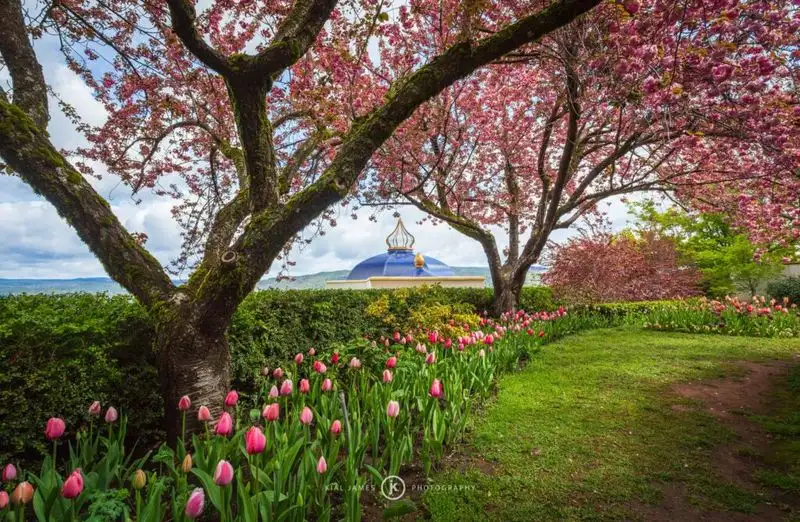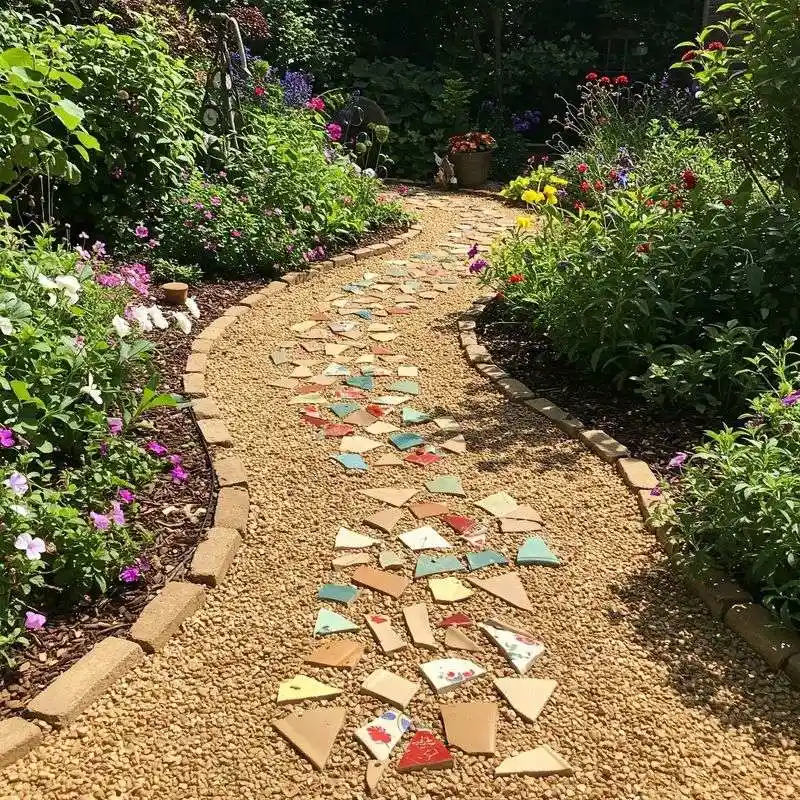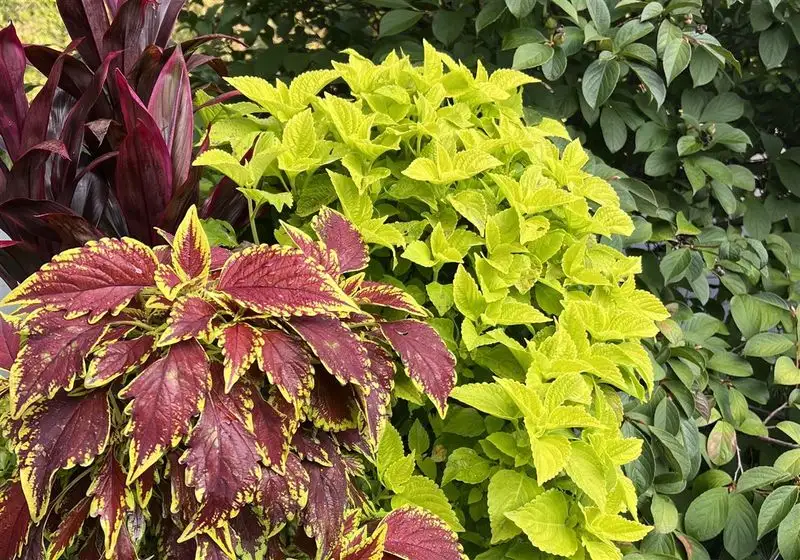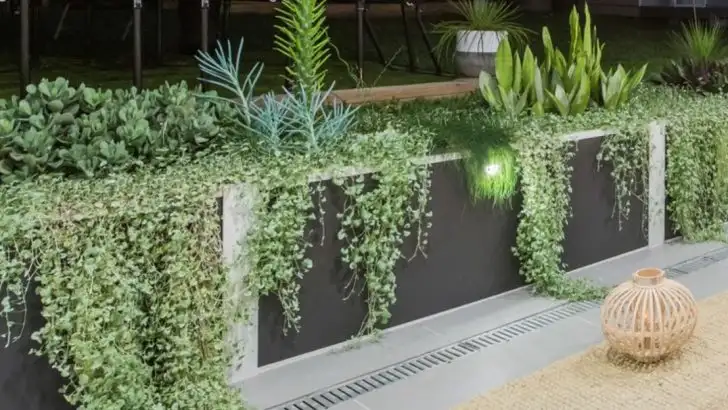For years, I kept my garden neat and contained—fenced in, trimmed back, always within strict boundaries. But then I started to notice the magic happening just beyond the fence line, where plants naturally wanted to spill over and spread.
Letting my garden overflow the edges became a small act of rebellion and respect for nature’s will. The “forgotten edge” soon revealed itself as a thriving zone full of wildlife, pollinators, and unexpected blooms that no rule could contain.
In this article, I explore why embracing the garden’s natural sprawl beyond fences can lead to richer biodiversity, stronger plants, and a deeper connection to the landscape around us.
Wildflower Symphony

Imagine a garden where daisies and poppies freely mingle. These wildflowers create a lively tapestry of colors and textures. Their spontaneous growth patterns defy traditional garden boundaries, offering a visual feast that changes with each season.
This unruly beauty requires minimal intervention, allowing nature to play its part. Not only do they attract pollinators, but also invite a sense of spontaneity and joy.
Did you know? Wildflowers often thrive in neglected soils, making them ideal for low-maintenance gardeners. Witness the magic as your garden pulses with life, naturally and effortlessly.
Fruitful Chaos

With branches that defy fences, fruit trees offer more than mere boundaries. Their branches, heavy with apples, pears, or plums, create a feast for both the eyes and the palate.
These trees become neighborhood treasures, where passersby can pluck a ripe apple. The shared bounty fosters a sense of community and connection.
An interesting tidbit: historically, fruit trees have been planted along property lines as natural markers. This tradition not only demarcates space but also enriches it, blurring lines between ownership and nature’s generosity.
Heritage Herbs
Herbs bring history and aroma to any garden, whispering stories of culinary traditions. When rosemary and lavender spill over edges, they invite exploration and culinary creativity.
Pioneers in permaculture, these plants thrive on minimal care, often flourishing in less-than-ideal conditions. Their scents create inviting pathways.
Fun fact: many herbs were used in medieval gardens for medicinal purposes. Their timeless appeal lies not only in their utility but in the stories they tell, weaving a fragrant history into the garden’s narrative.
Creeping Vines

The allure of vines lies in their ability to traverse and transform. Ivy and morning glory cascade across fences, creating living murals that evoke a sense of wonder. Their tenacity allows them to thrive where other plants may falter.
These climbers can soften harsh landscapes, adding depth and character. They offer privacy while nurturing a habitat for small creatures.
Intriguingly, climbers have been used throughout history to symbolize tenacity and perseverance. Their ability to adapt and flourish is a lesson in resilience.
Native Grasslands

Tall grasses swaying beyond the fence line create a dynamic and ever-changing landscape. Their movement in the breeze brings a sense of peace, while their roots stabilize the soil.
Native grasses require little maintenance, making them perfect for eco-conscious gardeners. Their presence supports local wildlife, offering food and shelter.
Interestingly, grasslands once covered vast areas of the earth, supporting diverse ecosystems. By letting them spill over, you connect back to these primordial landscapes, fostering biodiversity in your own backyard.
Playful Pathways

Winding paths that meander beyond structured borders invite exploration and play. Each step along a stone path reveals new textures and scents, creating a sensory journey.
These paths encourage curiosity, offering a playful twist to traditional garden layouts. They lead to hidden nooks or surprise vistas, making the garden a place of discovery.
Ancient gardens often incorporated labyrinths and meandering paths to inspire contemplation. By letting paths spill past the edges, you create a garden of endless possibilities.
Artful Foliage

Foliage offers a canvas of colors and patterns, spilling over boundaries with grace. From deep purples to bright greens, each leaf tells its own story through texture and hue.
This tapestry is ever-evolving, with foliage plants adapting to seasons and light changes. Their beauty lies in variety and surprise.
In art, foliage has been used to symbolize growth and renewal. By allowing it to extend beyond the fence, you invite a masterpiece of nature’s making, rich in texture and vibrant in life.

